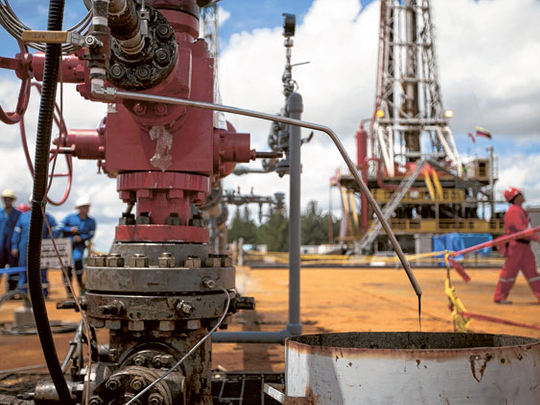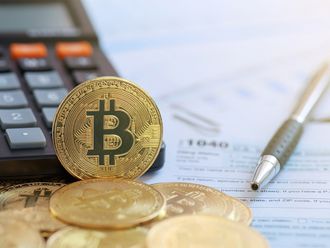
The release of 60 million barrels of crude oil from strategic stocks by the International Energy Agency (IEA) was camouflaged to cover the loss of Libyan exports but it was seen by many as nothing less than an attempt to intervene in the market to bring prices down and break Opec or at least teach it a lesson.
The oil market behaved in exactly the opposite way. After an initial decline, which was short-lived; prices regained the lost ground and went even further.
On June 22, the day just before the announcement that the US would release 30 million barrels and the rest of IEA would release a similar volume, the price of the Opec basket of crudes was $107.96 (Dh396.21) a barrel, which went down to $101.55 on June 27 before it recovered by the end of the month and continued a slow rise though in a volatile manner.
The price of the basket at the end of July was more than $113 a barrel and the average for the month is close to $112 a barrel as compared to $109.04 in June. This has prompted many to call the IEA intervention a "failed experiment" and "politically motivated" or "a state-sponsored margin squeeze." The market did not take the IEA's threat to release further stocks seriously and the IEA seeing the results of its intervention later said that it is not contemplating further release.
Storage
It is anticipated that some of the released crude will end up in storage as the market is well supplied and even Saudi Arabia did not increase its production to the talked about 10 million barrels a day because it finally resolved that it is not in its interest to let prices deteriorate at a time when its budget is in need of these prices. The US government and others in IEA will have to replenish the released stock and may be at higher prices. The crude release must have been planned well before and was leaked to the market. Otherwise how can one explain the precipitous decline of $16 dollars a barrel inside a week at the beginning of May and the $10 a barrel decline in one day?
The so called "hawks" among Opec members must be happy to see the result of this experiment but equally unhappy at the split it caused within the ranks of the organisation and there is need for careful understanding and a return to closing the ranks at a time when the world economy is so uncertain.
Leaving the above aside, the market was driven by the continued demand growth in the developing countries although macroeconomic indicators weakened across many other regions especially with unemployment still at a higher rate than anticipated.
However, world economic growth at 3.9 per cent this year is expected to improve to 4.1 per cent in 2012 which would improve the outlook for oil demand. The call on Opec crude which is estimated at 30 million barrels a day this year and is expected to be 30.3 in 2012 according to Opec Secretariat and 30.7 according to IEA. The continued weakness of the dollar and the debt crisis in Europe in addition to the unrest in the Middle East, have all contributed to the volatility of the price and the market may have been supported by higher activity in the stock markets.
US debt ceiling
These factors are now in the background waiting for what will happen in the US if the ceiling of the national debt is not raised and the US may be categorised as "bankrupt". I think at the end of the day and perhaps at the 11th hour an agreement will be reached between the Congress and the Administration but the problem will recur after six months or after the elections and it is too early to judge the impact on the oil market now as the issue may undermine global financial stability and economic growth.
Nevertheless, analysts' attention is now shifting to the longer term where the oil market is seen tightening. The strategic stock release was seen as a sign of reduction in spare production capacity around the world and that consuming countries cannot always release stocks to balance the market.
No wonder that Barclay's analysts have reversed their position and raised their forecast for next year prices by $10 a barrel to $115 and perhaps this will be reviewed again. The oil market will all depend on the state of the economy and whether governments are able to sort out the multitude of problems that are threatening the fragile recovery.
The writer is former head of Energy Studies Department in Opec Secretariat in Vienna.












